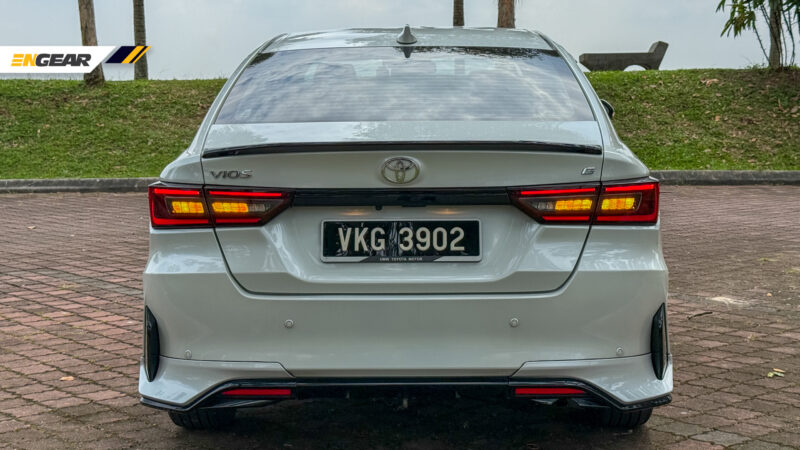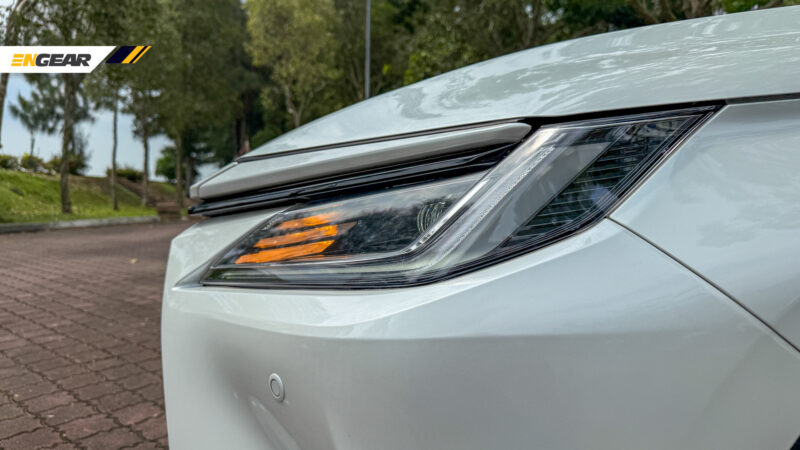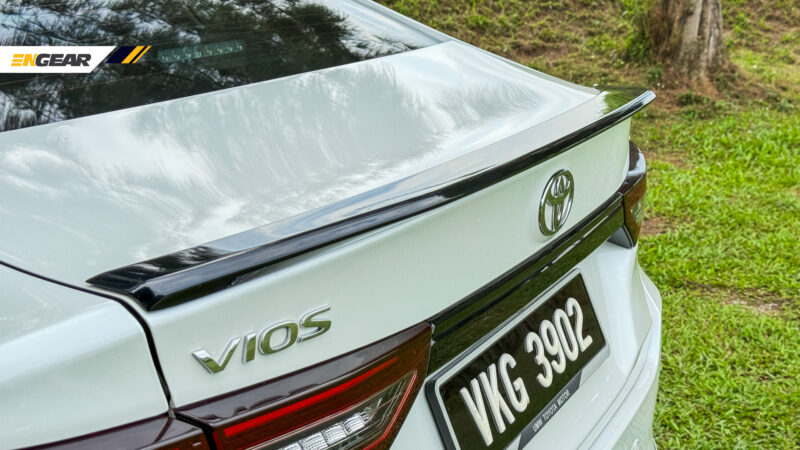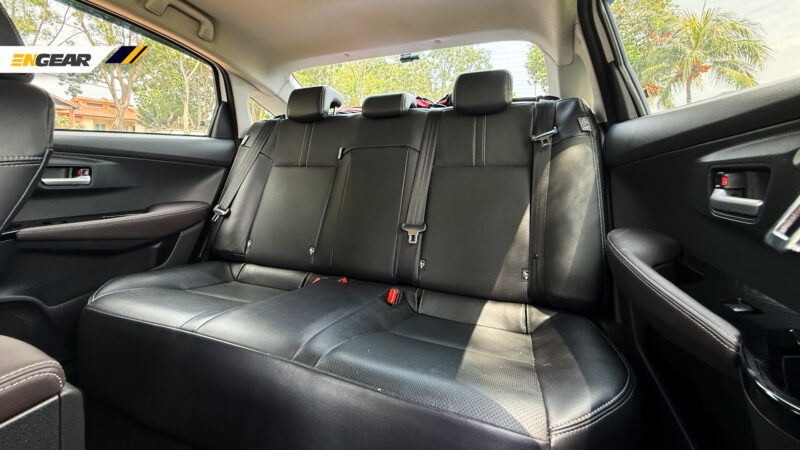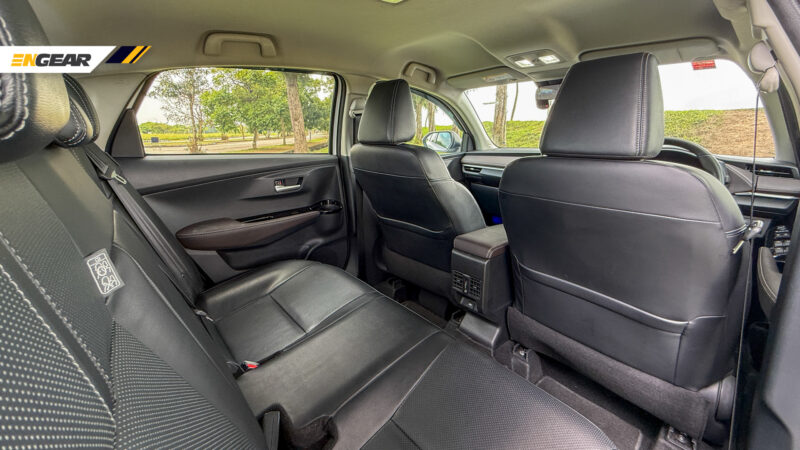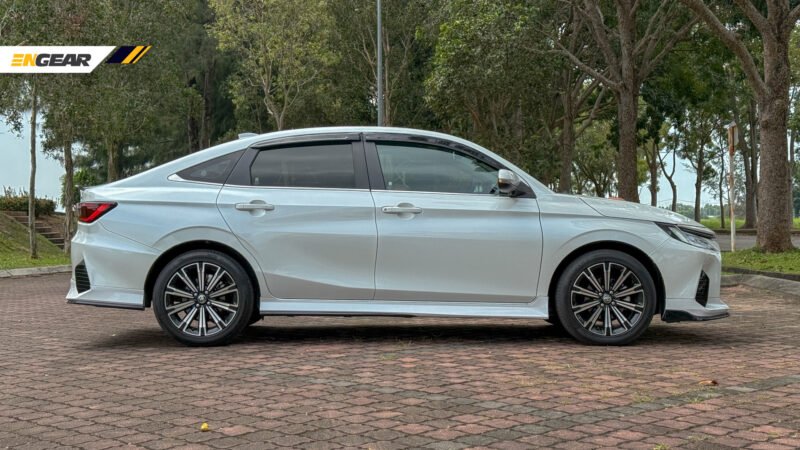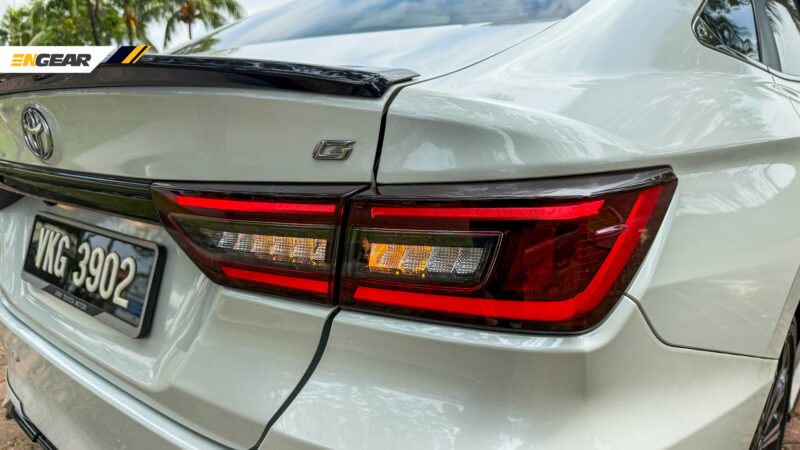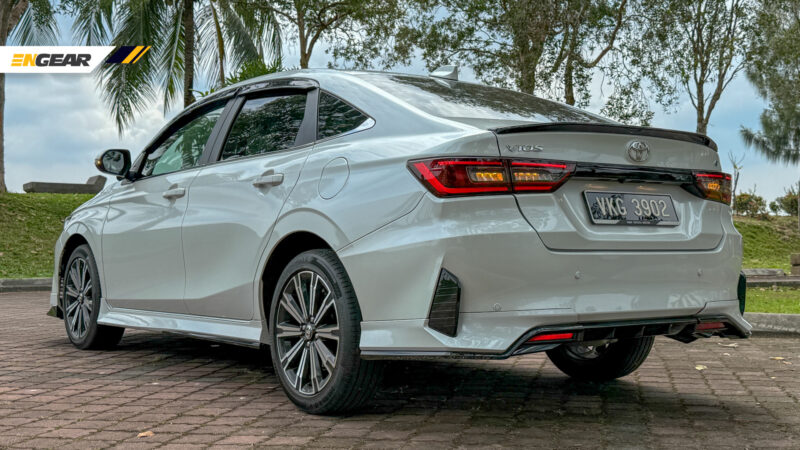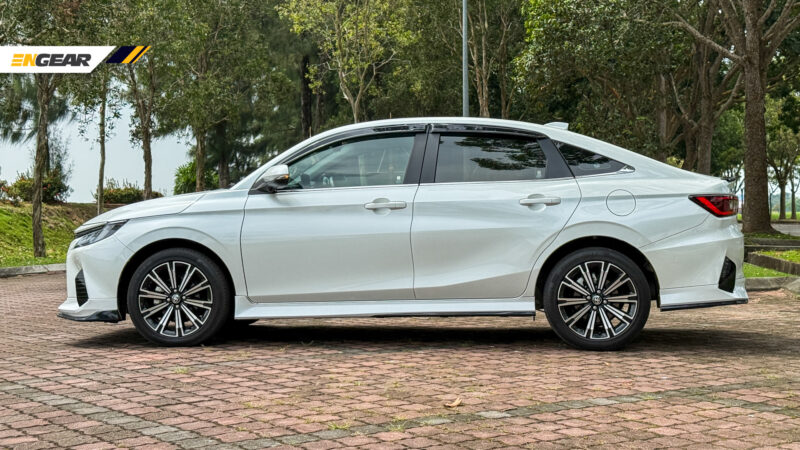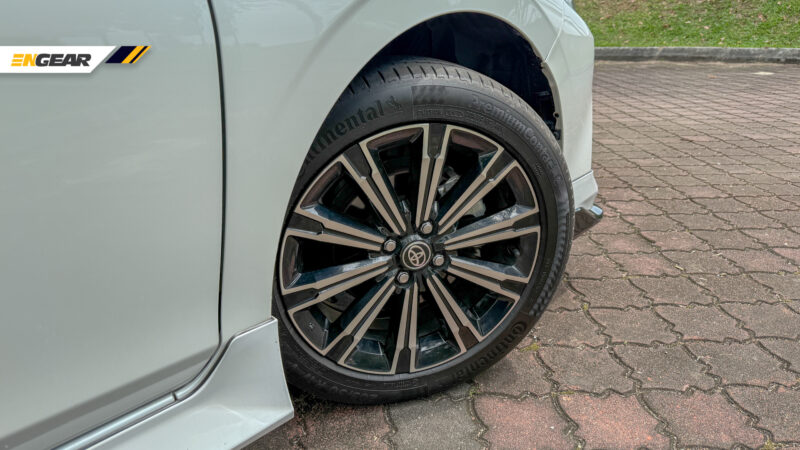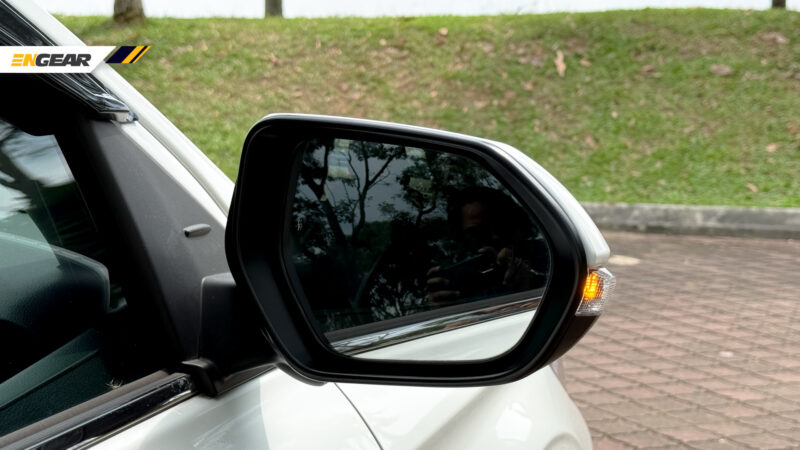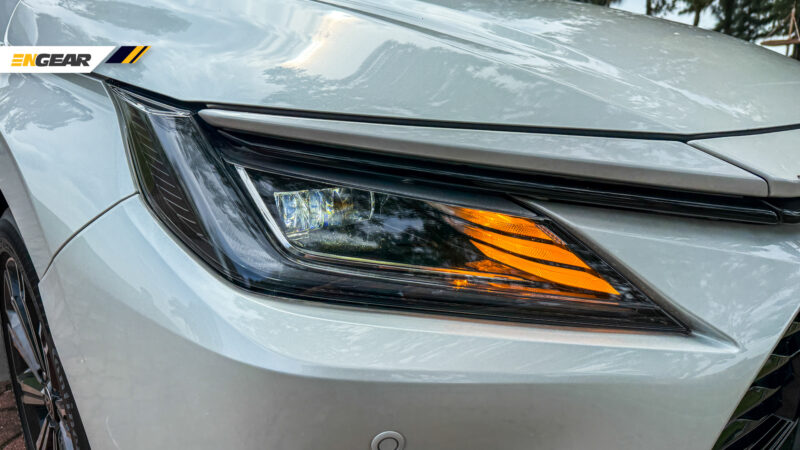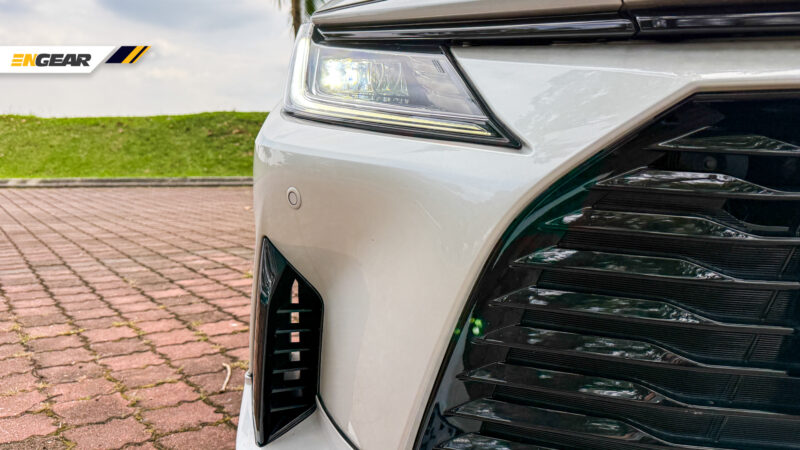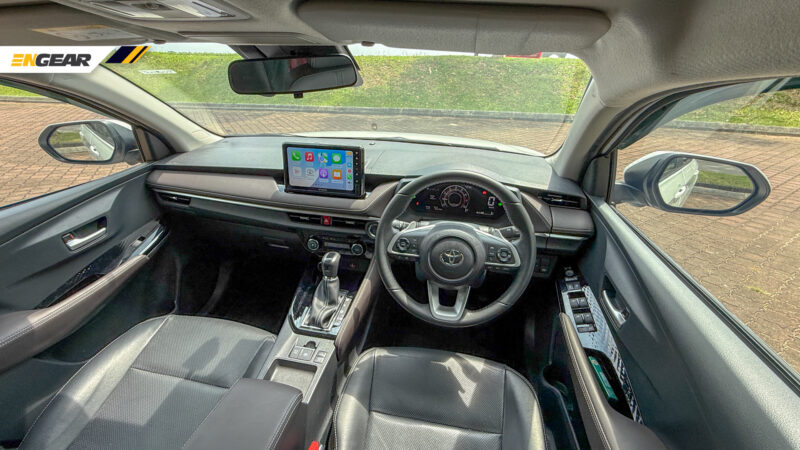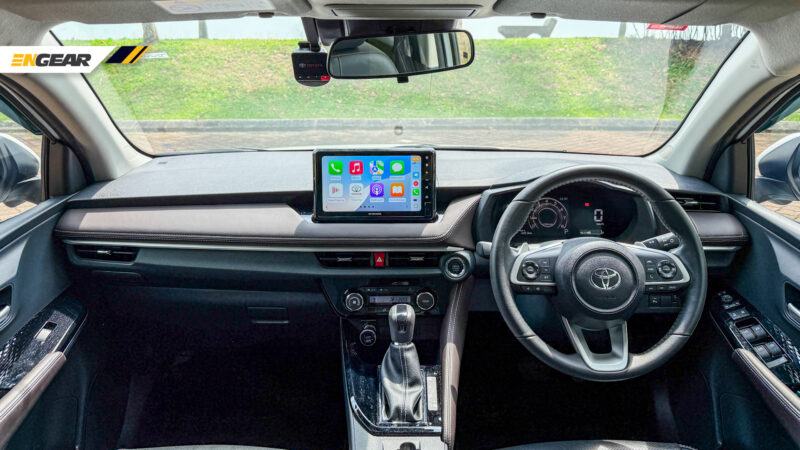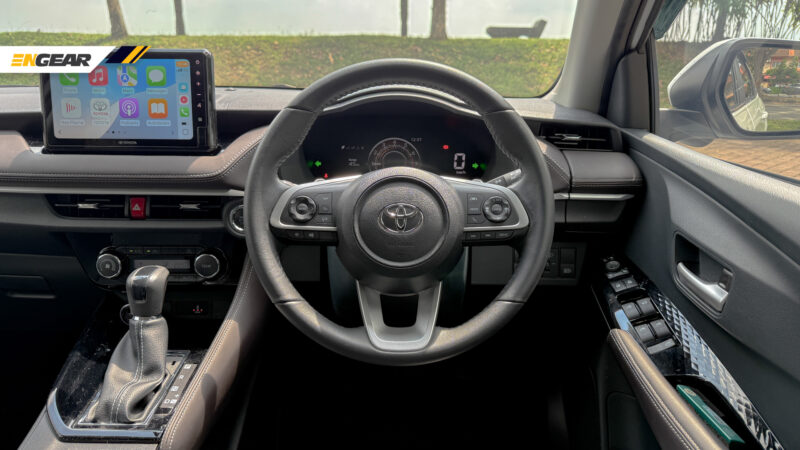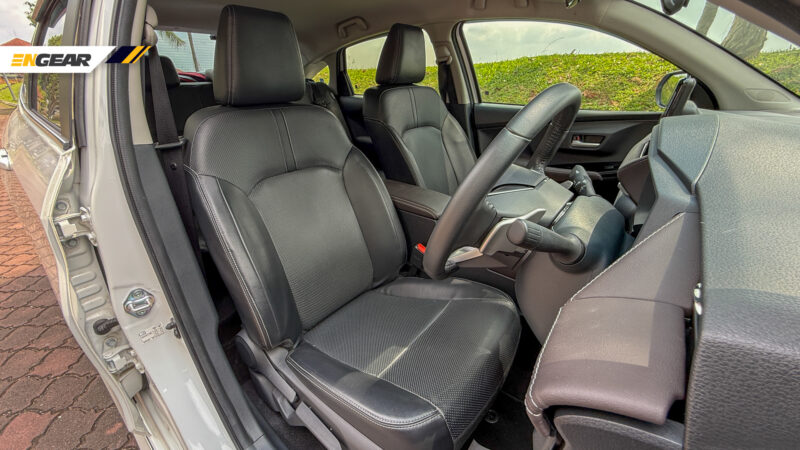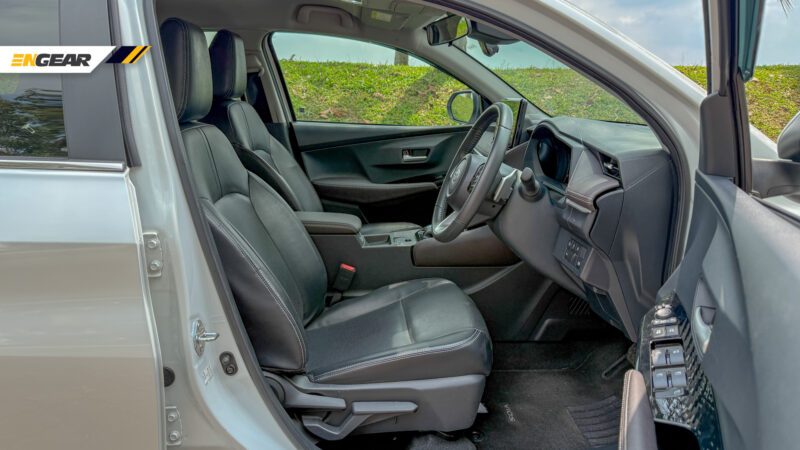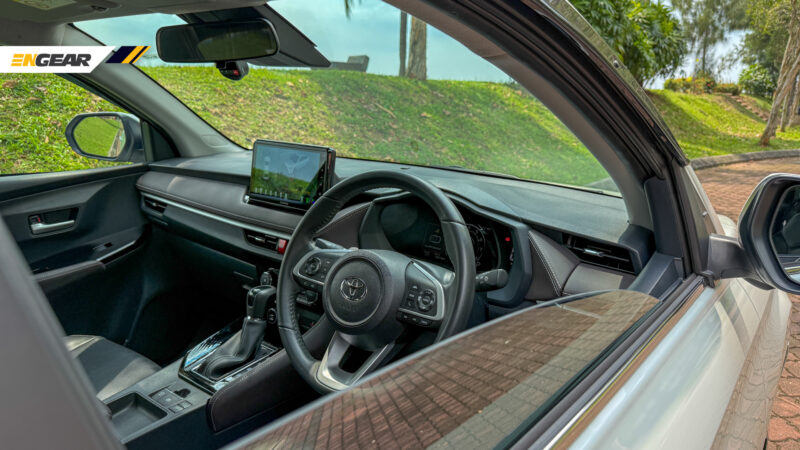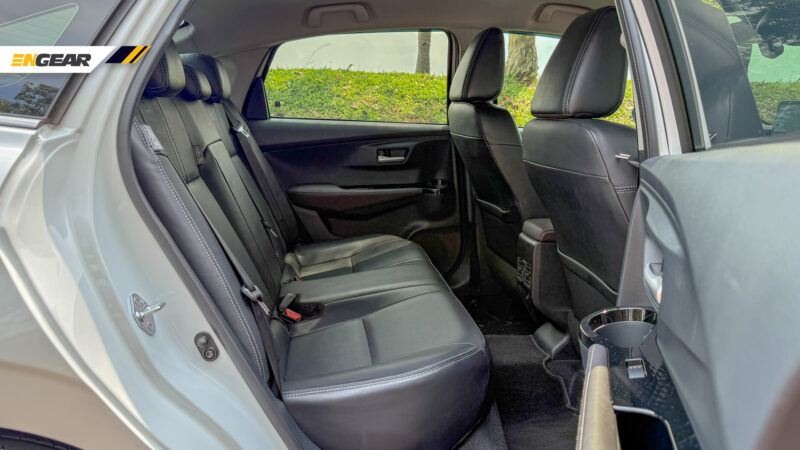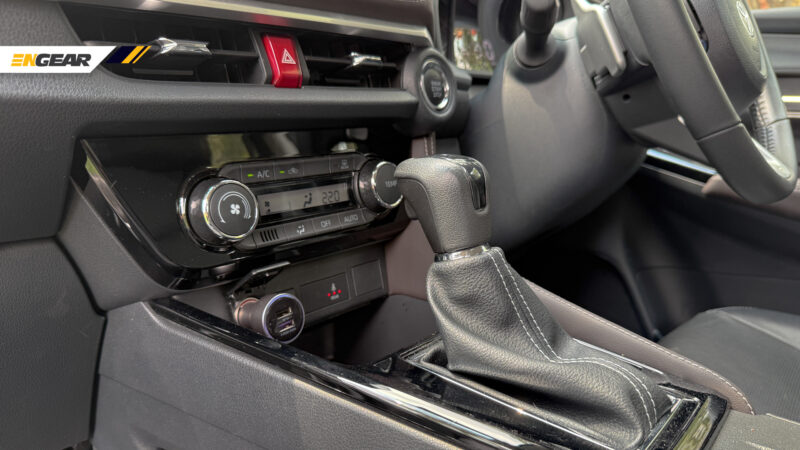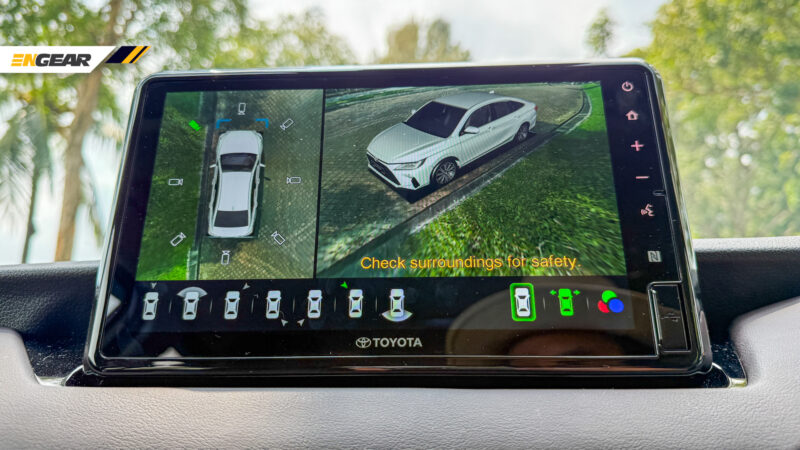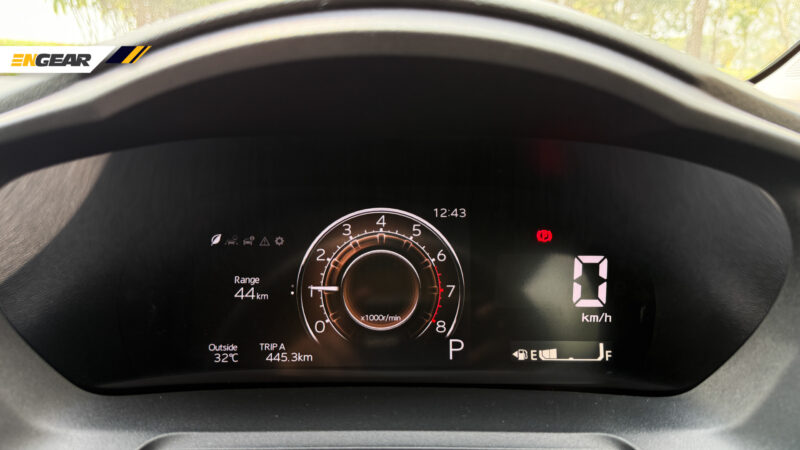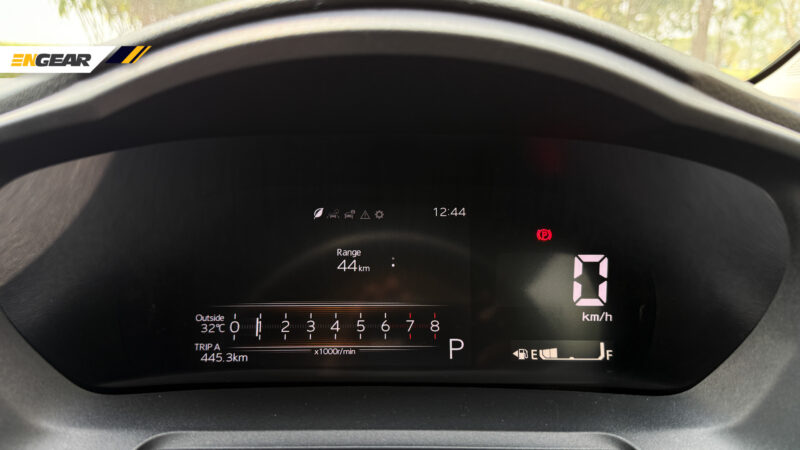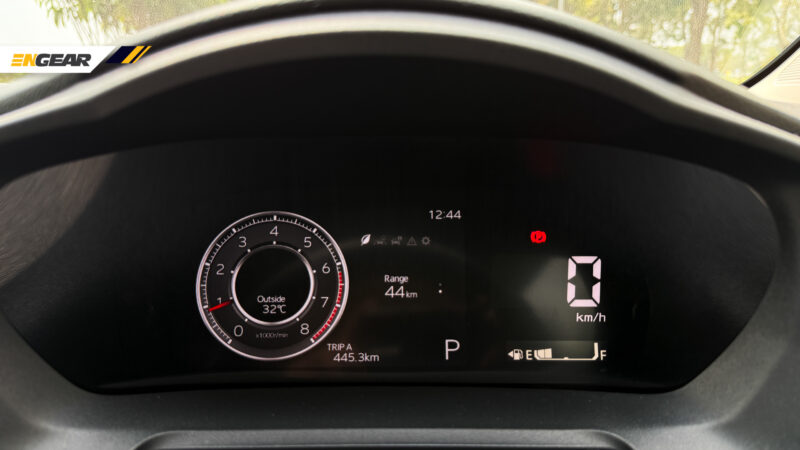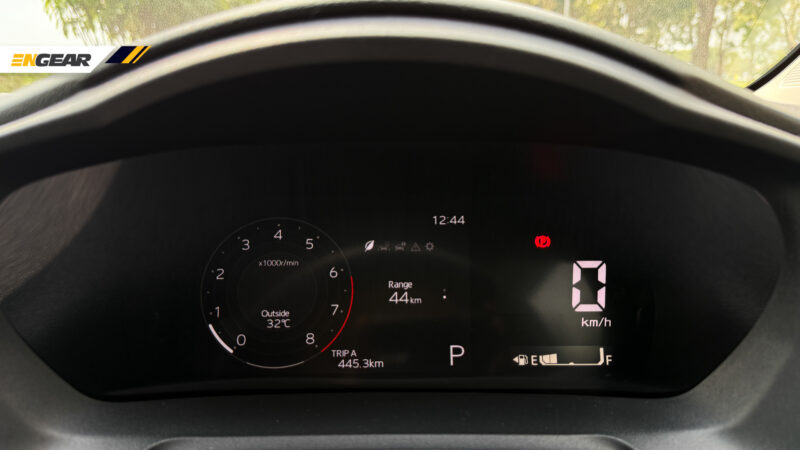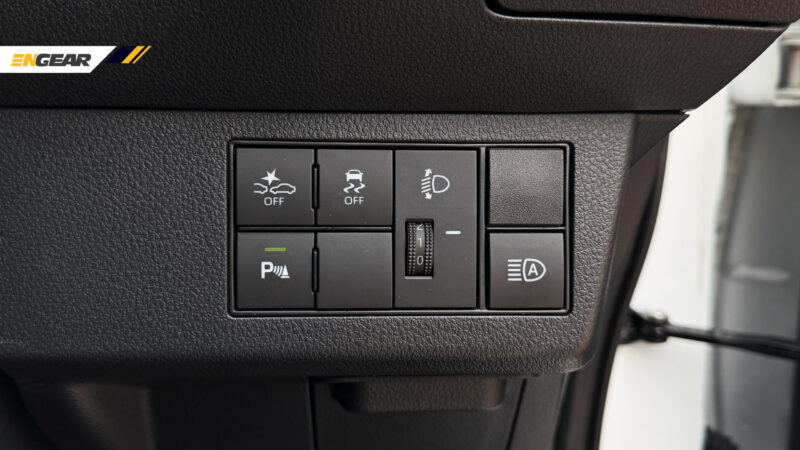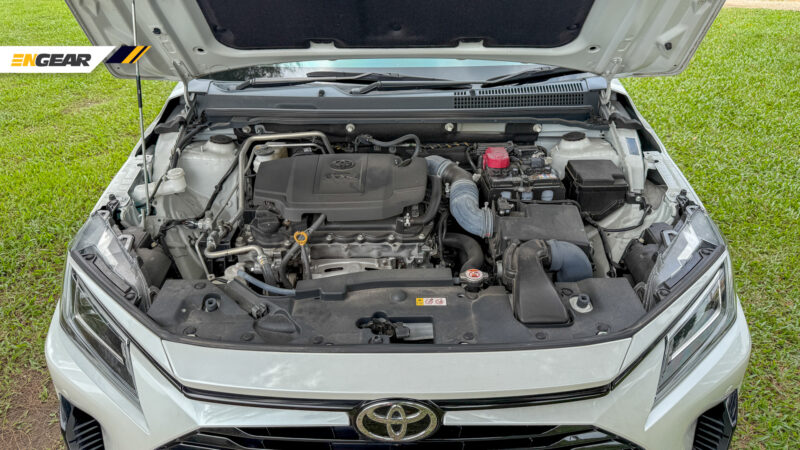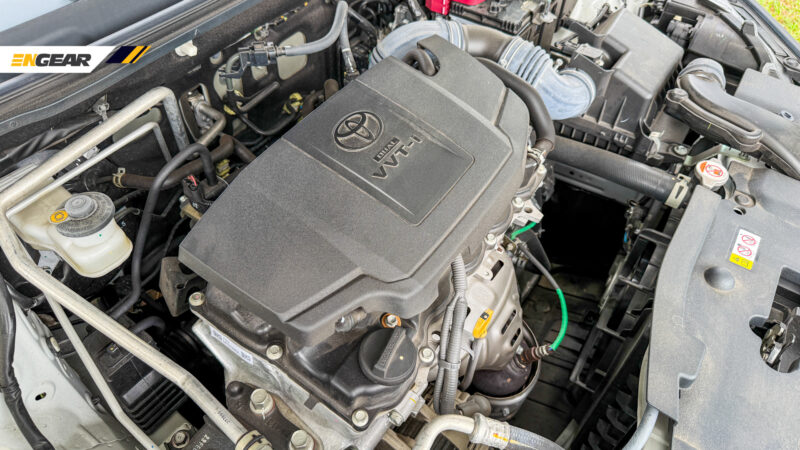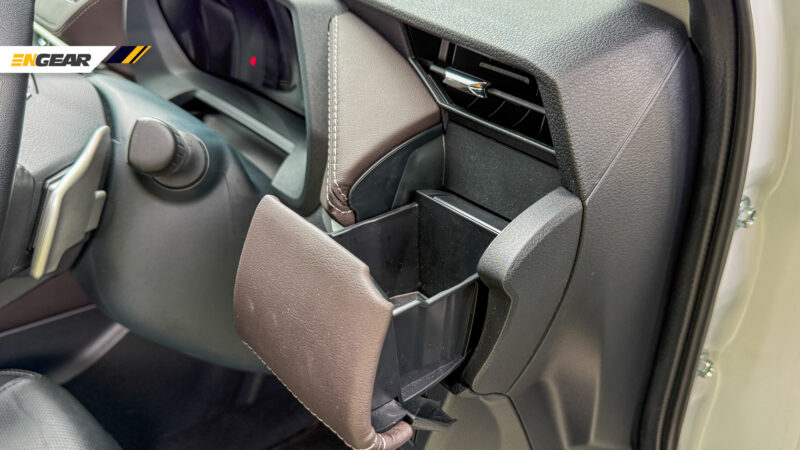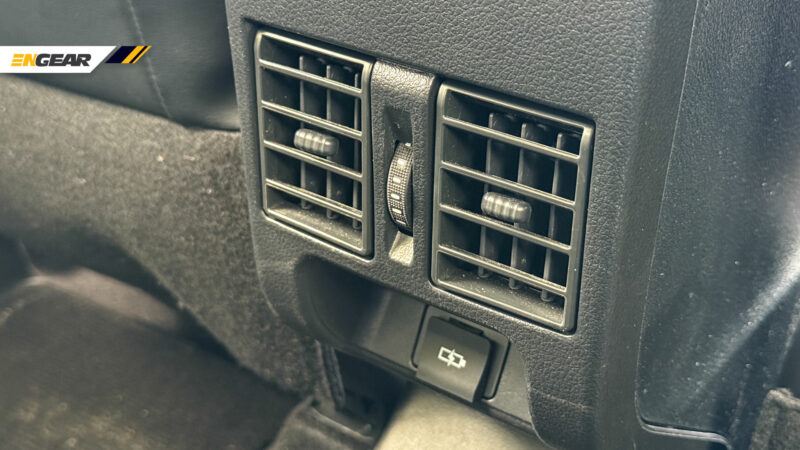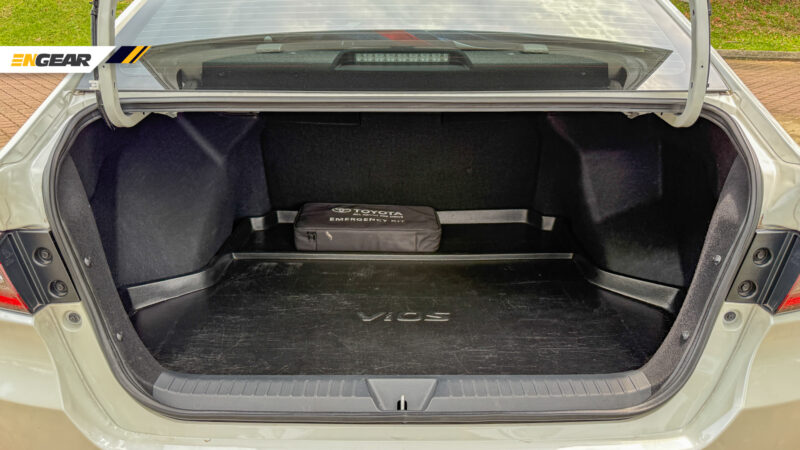Reasons why Toyota Vios is still worth buying in 2025 – Test Drive
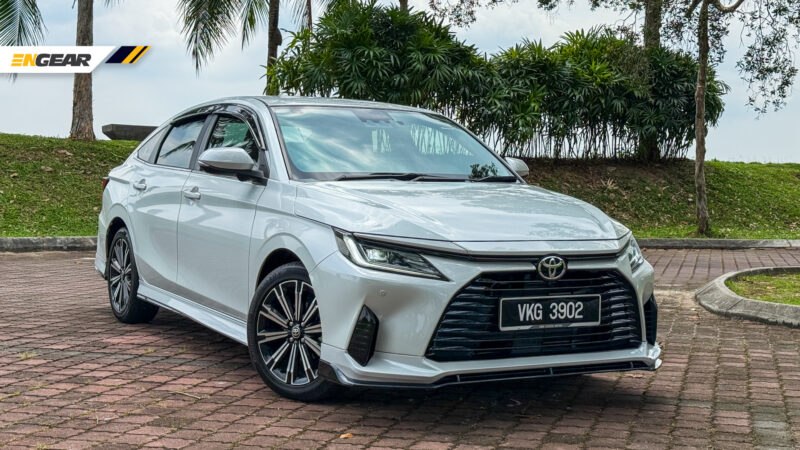
Buyers in Malaysia seeking a B-segment sedan are quite fortunate, as we are presented with several attractive models including the Honda City, MG5, Nissan Almera, Proton Persona, and not to forget the Toyota Vios.
This segment is precisely suitable for those looking to upgrade to a larger daily vehicle after enjoying the experience of using a budget hatchback.
It offers a comfortable cabin for the whole family, ample cargo space, and a variety of modern technologies in line with current developments.
Most importantly, the annual road tax costs remain within the financial reach of most buyers.
The Toyota Vios was officially launched in 2023, but at that time, many may not have been fully receptive to its somewhat aggressive design.
However, the Vios has certainly found a place in the hearts of netizens, as it became one of the 10 most popular models in Malaysia for 2024, trailing the Honda City by just 1,900 units.
After two years have passed, is the Vios still worth owning in 2025? If you ask us, the answer is: Yes!
Here are five reasons why we believe the Vios should be considered by young people.
1. More Premium Appearance
In the past, the Vios had a rather ordinary sedan appearance. In fact, one generation of the Vios was likened to a dugong due to its round design.
However, this new generation of the Vios presents a bolder look, reminiscent of larger Toyota sedans like the Corolla and Camry.
Have you noticed that the front design of the Vios notably features elements inspired by the hammerhead shark, even before Toyota popularized it through models like the Prius and Crown?
The fastback sedan design, 17-inch wheels, diffuser, aerodynamic elements, and body kit contribute to the aggressive aesthetic of this sedan.
More importantly, the Vios can now proudly stand alongside the two sedans mentioned earlier.
2. More Fun to Drive
The Vios is not just a new exterior; it now boasts a foundation built on a brand-new platform developed in collaboration with Daihatsu.
The Daihatsu New Global Architecture (DNGA-B) platform, shared with models like the Perodua Alza/Toyota Veloz, provides significant benefits in terms of handling and comfort.
In short, the Vios is now more enjoyable to drive compared to its predecessors!
The author personally tested the harmonious tuning of steering, suspension, and chassis recently on a trip back to their hometown.
The improved driving dynamics are attributed to the more precise steering response, offering more feedback in any situation.
It is very easy to anticipate the sedan’s body movements, particularly when driven a bit aggressively, aided by well-tuned suspension that ensures stability on winding roads.
At times, the author found it exhilarating to tackle every curve before being reminded by the lane departure warning system (LDW) present in the Vios.
What about the engine performance?
As you may know, the Vios is equipped with a 1.5-liter engine producing 104 hp and 138 Nm of torque — on paper, this seems less powerful compared to competing models.
Yes, we admit there is still some engine noise that enters the cabin when the engine is pushed, but this occurs only occasionally. However, if you have a heavy right foot, that’s a different story.
Most of the time, the Vios has no trouble reaching the desired speed, and tackling mountainous areas is also not a significant issue.
This is because the Vios has been tuned for more economical fuel consumption, with Toyota claiming it can achieve a fuel efficiency rate of 5.2 liters/100 km.
One aspect that clearly sets the Vios a step above a competing local brand.
My experience returning to my hometown, which is located at the midpoint of Peninsular Malaysia, did not require frequent fuel refills.
3. Comfort is Paramount
In addition to driving factors, what makes the Vios feel more premium is the remarkably quiet cabin environment throughout the journey.
The standard suspension tuning provided in the Vios not only enhances driving pleasure but also minimizes any harshness and vibrations resulting from tire and road surface interactions.
As a result, the cabin remains comfortable and quiet, even the sound of the wind is difficult to hear at normal highway speeds.
One notable drawback of the Vios is the manual seat adjustment for both the driver and front passenger.
However, we believe this shortcoming can be overlooked due to the very supportive cushion dimensions, especially in the thigh area.
For those who enjoy long journeys, this feature is crucial for ensuring comfort throughout the drive, preventing excessive fatigue.
The cabin design of the Vios represents a significant upgrade introduced by Toyota to differentiate it from the previous Vios model.
The use of higher-quality materials and finishes, along with a more streamlined dashboard layout, successfully gives the Vios a more premium appearance, even though it shares many components with Daihatsu models.
One thing the author noticed is that although there are panel gaps on the dashboard, it is difficult to detect vibrations when the sedan traverses uneven surfaces, indicating a good level of factory assembly quality.
However, I hope the air conditioning control knobs can be improved in appearance to align better with the premium image that the dashboard aims to convey.
The quality of the air conditioning system in the Vios is not to be taken lightly; it is highly effective in keeping the cabin comfortable in Malaysia’s hot daytime temperatures.
4. Modern Features in the Vios
In line with current developments, the Vios also showcases several advanced features compared to competing models.
One of them is the digital cluster screen with various graphic display options that can be changed. If you prefer not to have an analog display, you can opt for the GR Corolla meter display.
The Vios is also equipped with a 360-degree camera system, enhancing its premium feel over competing models.
The resulting display image is quite clear, aiding owners in ensuring that the Vios’ beautiful body remains free from scratches, especially in tight areas.
Finally, the Vios includes an electronic parking brake (EPB) complete with an Auto Hold function, which is particularly helpful when caught in traffic congestion.
The Vios’s safety features are noteworthy as well; it includes a pre-collision system (PCS) that effectively prevents unintended collisions, adaptive cruise control (ACC), and forward motion alerts (FDA) to warn drivers who might lose focus at traffic signals.
The lane departure warning (LDW) feature also functions well, and I particularly enjoyed the notification sound reminiscent of warnings that pilots hear in an aircraft cockpit.
Additionally, the blind spot monitoring system (BSM) and rear cross traffic alert (RCTA) ensure day-to-day driving remains safe at all times.
5. Forgivable Weaknesses
As you may know, the Vios does have a few shortcomings, such as the absence of a spare tire and non-folding rear seats.
According to Toyota, most users do not utilize either of these functions, so they are not offered in the new Vios.
The absence of a spare tire allows for more hidden storage space in the rear.
What about the rear seating issue mentioned earlier?
Two years ago, the Chief Development Engineer of the Vios, Kamino Hideyuki, revealed that the lack of a rear seat folding mechanism was replaced with a brace to enhance the rigidity of the new Vios chassis.
Overall, the Vios is 110 kg lighter than its predecessor. As the saying goes: Weight reduction, bro!
In our opinion, these two weaknesses can be overlooked because the benefits of driving experience and handling are significantly improved in this Vios compared to earlier models.
In conclusion, the Toyota Vios is a B-segment sedan that is still worth considering and owning in 2025 if you have a budget of around RM100,000 and wish to upgrade to a larger, more practical vehicle.
More importantly, the Vios is now a car that is more enjoyable to drive!
Toyota Vios Specifications
Engine: Inline four-cylinder, 2NR-VE, 1.5-liter naturally aspirated
Power: 104 hp @ 6,000 rpm
Torque: 138 Nm @ 4,200 rpm
Transmission: 7-speed D-CVT
Suspension: MacPherson strut/torsion beam
Price: RM96,600
Someone who loves driving manual cars but prefers riding an automatic scooter. Maybe it's an age thing.






